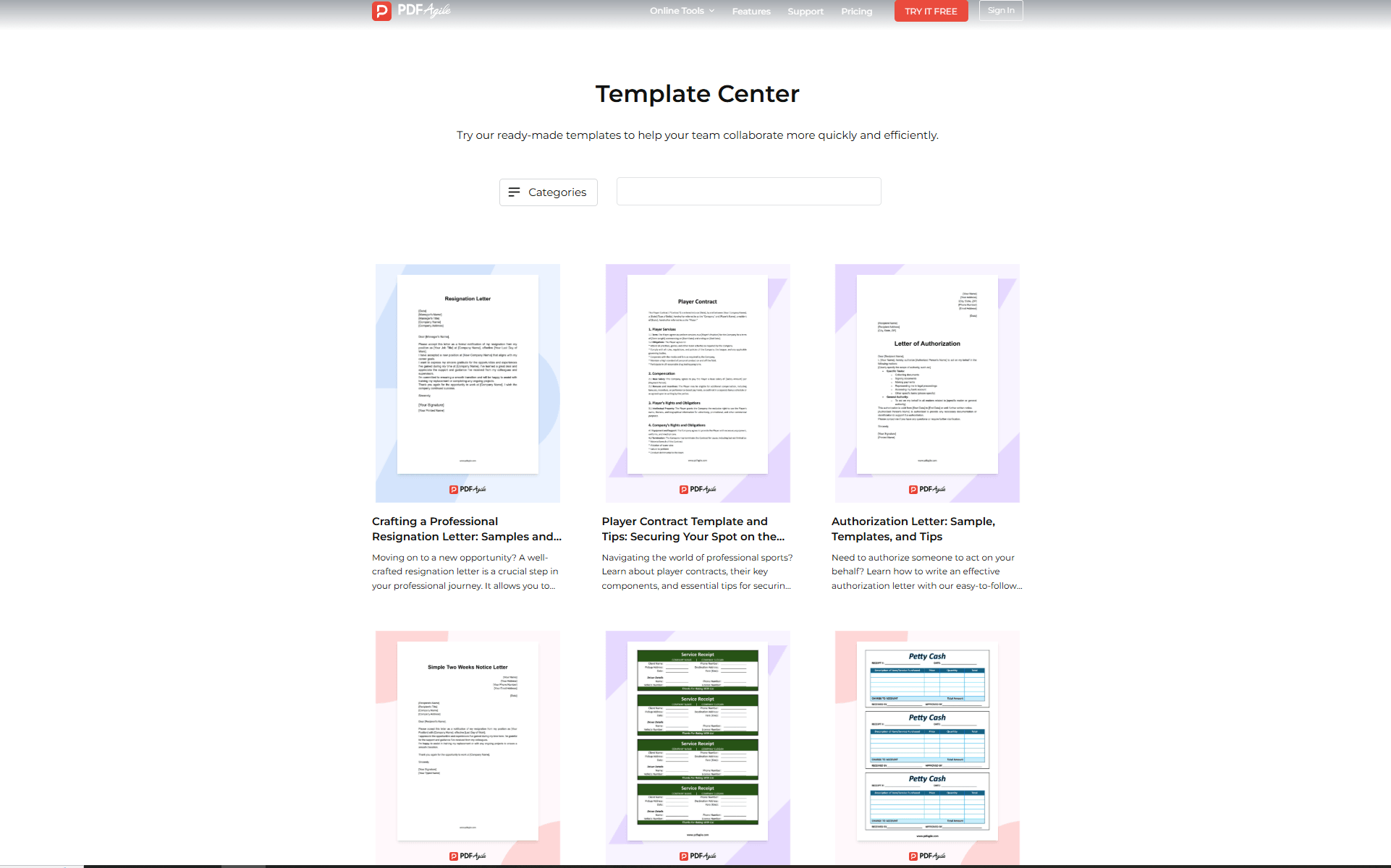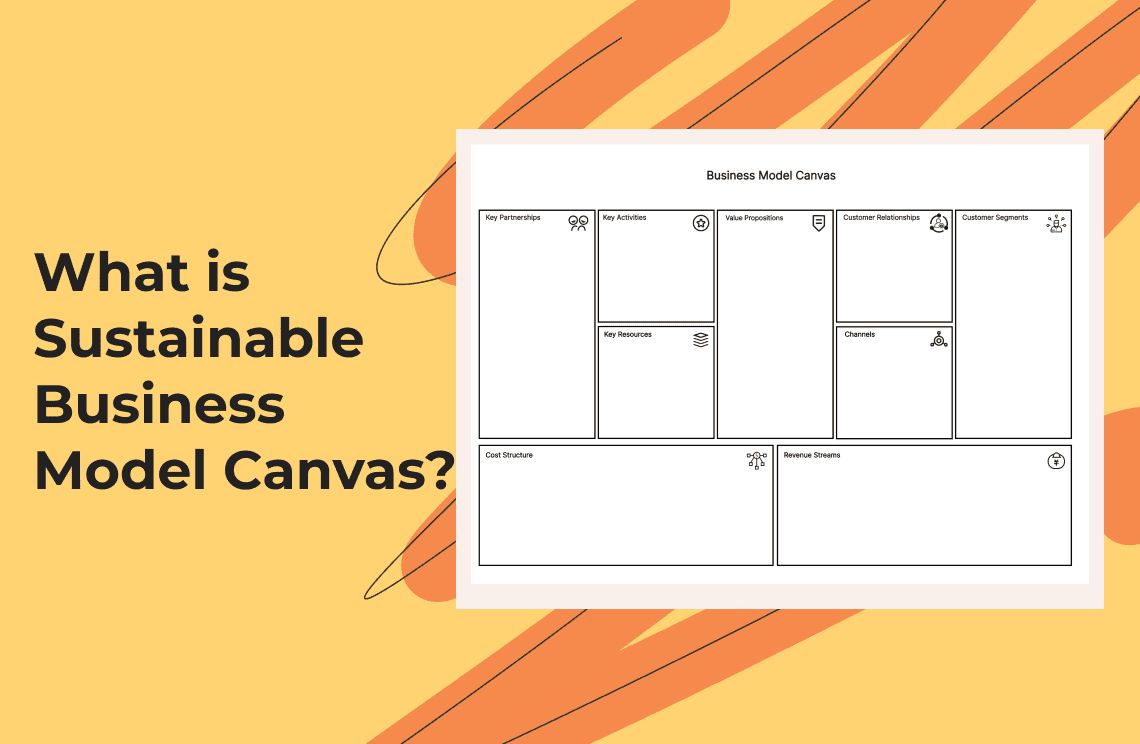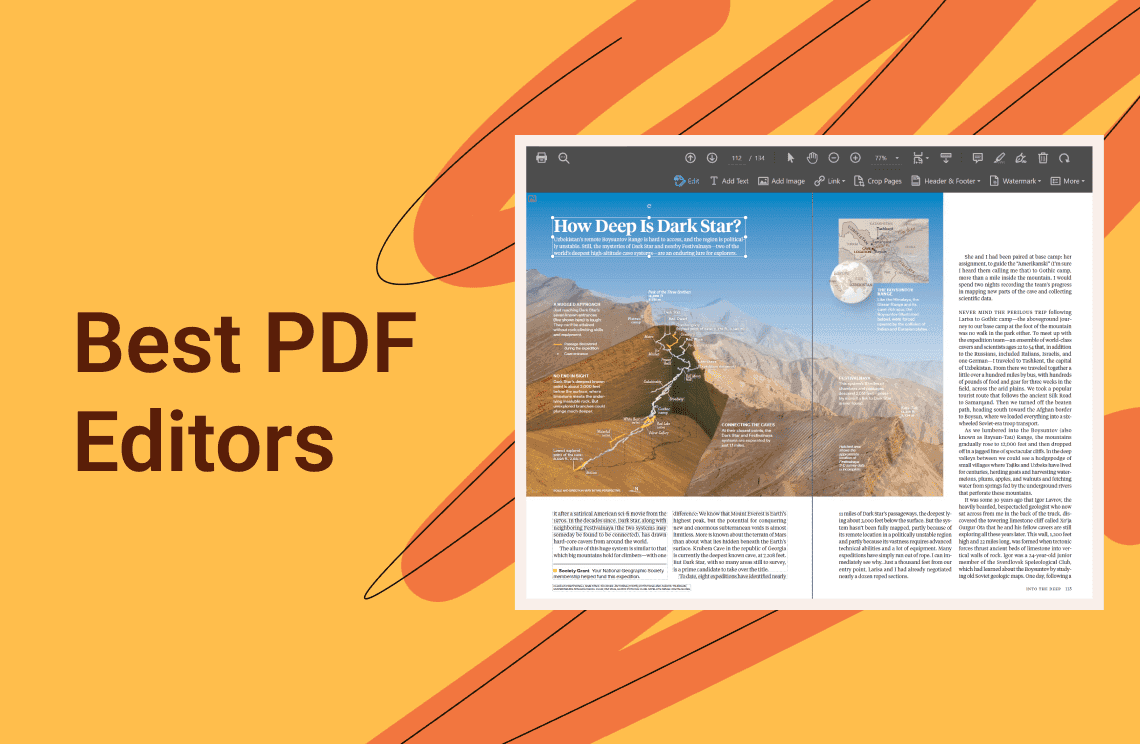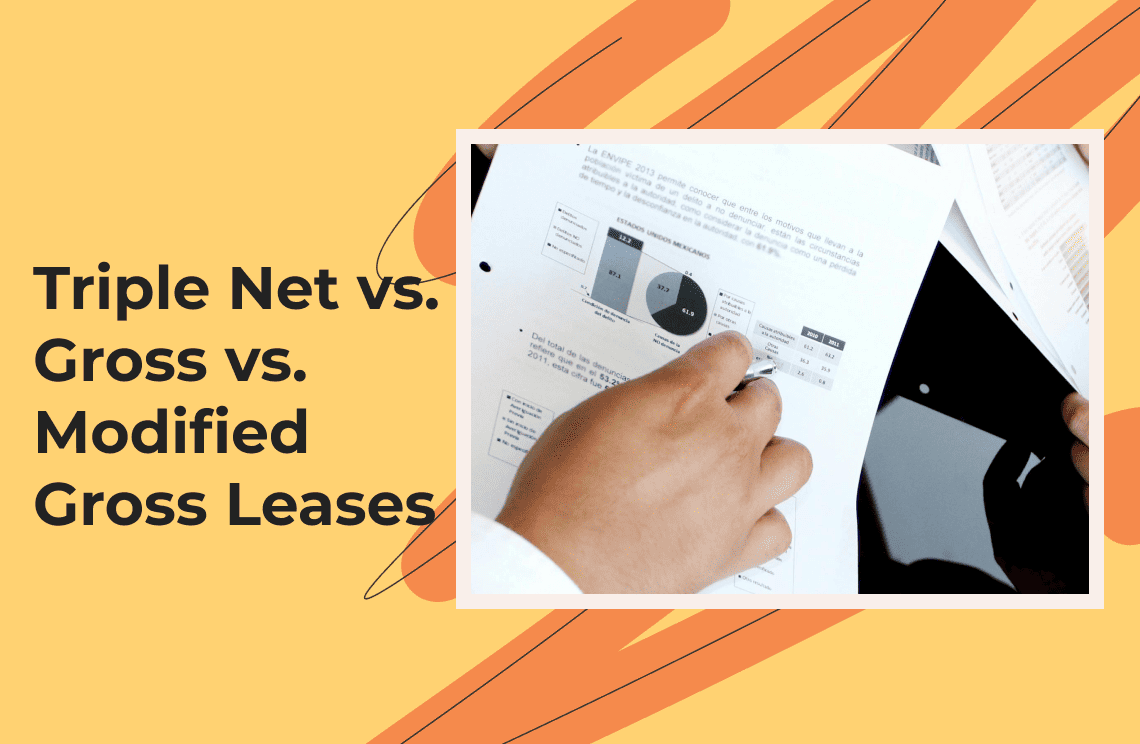When I was a marketing student, I remembered when 'sustainability' felt like a buzzword, something companies tacked on to their marketing materials. But things have changed. I've seen firsthand how consumers, myself included, are demanding more from businesses. We want products and services that don't just deliver value, but also make a positive impact. That's why I'm so interested in the Sustainable Business Model Canvas – it's a framework for building businesses that truly care about people and the planet.
Understanding Business Model Canvas
A business model canvas serves as a tool for creating a business model and excellently presenting one’s ideas. It illustrates a clear picture of how you can earn money and sustain your business. Along the way, it also challenges you by allowing you to answer complex questions concerning the company.
With the business model canvas being a strategic management tool, you can expect to cover several essential points besides merely defining what is business model canvas. To come up with the most accurate vision for the service or product, it’s vital to understand all the dynamics and components of the customer experience and its entire ecosystem. It must have all the touchpoints and channels that must work together to provide and sustain optimum value to customers.
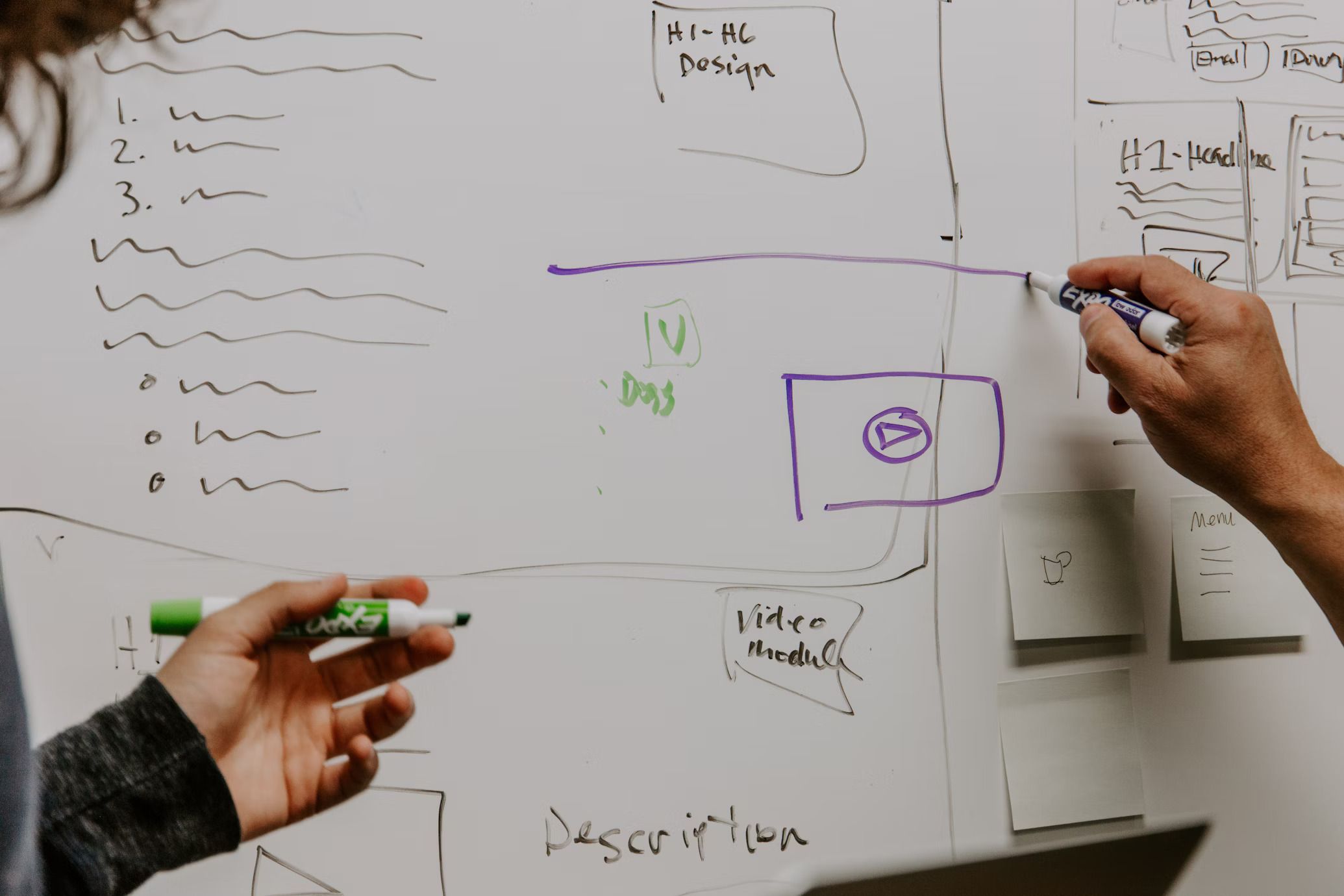
Key Components of Business Model Canvas
Nine primary building blocks constitute the canvas.
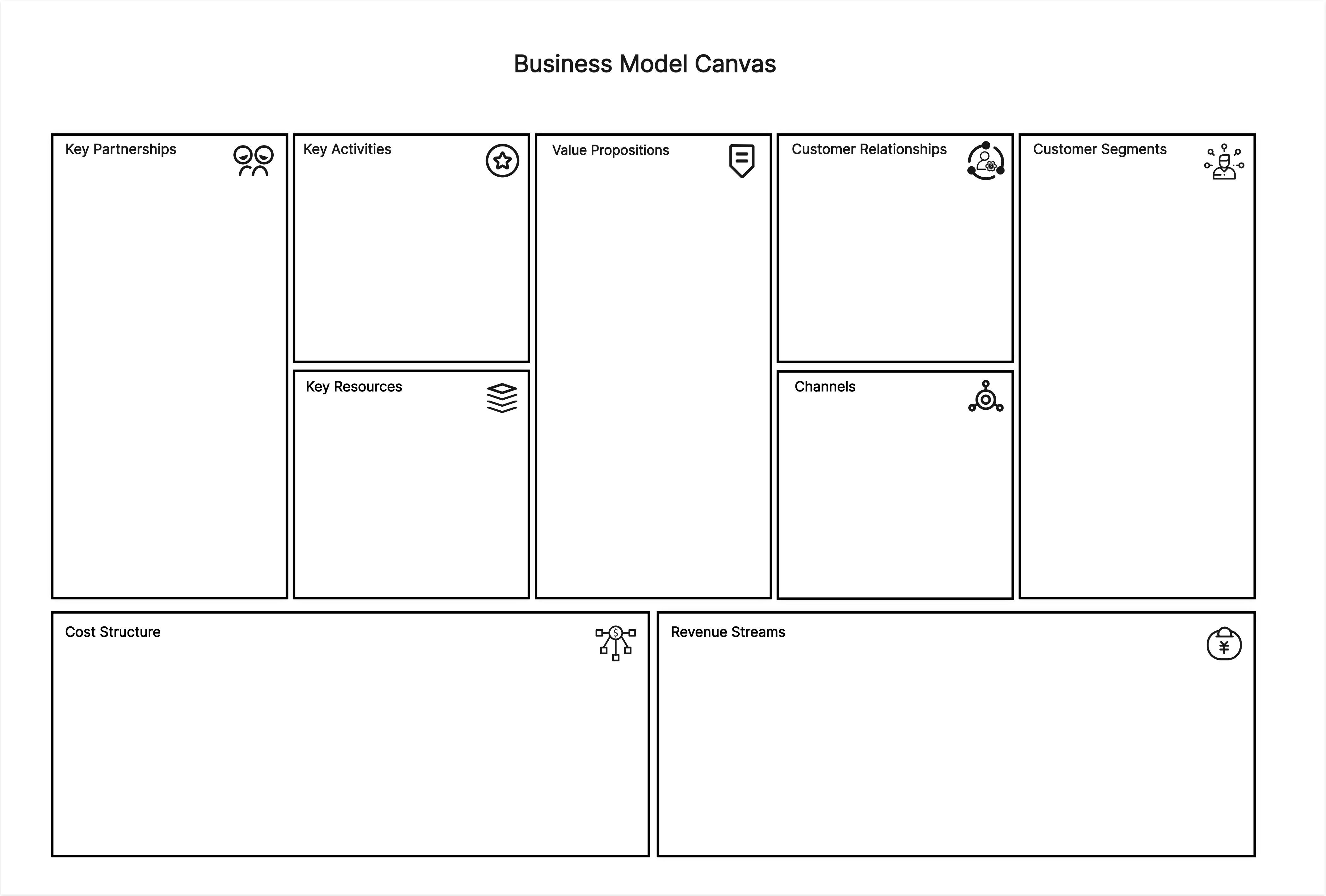
- Customer segments. This simply refers to the brand or company’s target customers.
- Value prepositions: You must identify the item that will create value for target customers. This could be a price drop or a new marketing initiative.
- Channels. Identify the marketing tools (paid ads, social media, or printing advertising) you can use to communicate your value proposition.
- Customer relationships. This is defined as how your business interacts with target customers. You must consider the sales process.
- Revenue streams. You must identify how your company makes money. Some link the revenue streams to customer segments and value proportions.
- Key resources. These are the necessary tools to get the job done in areas that cover your business model canvas.
- Key activities. These are the activities needed to complete daily business processes and to maintain value propositions.
- Key partnerships. These are your workforce and people who will help fulfill the key activities using your key resources.
- Cost structure. This section refers to the monetary cost of running and operating your business.
The Concept of Sustainability
Today, there is no question that more people are vocal about being environmentally conscious. However, sustainability in business is a complex concept. In addition to initiatives for the environment, there’s also increasing awareness of social inequities and the need for long-term economic stability.
The Three Ps: People, Planet, Profit
Companies also refer to the Three Ps as the Triple Bottom Line, where firms are expected to commit to assessing their environmental and social impacts in addition to their financial performance.
- People. This focuses on the company’s societal impact or its commitment to people.
- Planet. This section on your Three Ps tackles making a positive impact on the environment.
- Profit. In addition to focusing on shareholders' profit, this ‘Profit’ also means designing strategic planning initiatives to maximize profits while mitigating risks and reducing costs.
The Significance of Sustainability in Business
Essentially, sustainability in business drives environmental and social change. Furthermore, it also contributes to the company’s overall success. More reasons why your company must create a sustainable business model canvas include the following.
- Enhances brand reputation. Businesses that prioritize sustainability are generally seen as responsible and ethical, which leads to increased positive brand image and customer loyalty.
- Reduces the company’s operation costs. As the company implements sustainability practices, it leads to cost savings by reducing water, energy, and resource consumption. This results in the reduction of waste disposal costs.
- Mitigate risks. Businesses practicing sustainability help mitigate corporate risks associated with social and environmental factors. Furthermore, these sustainable strategies also protect you and your employees from any damaging incidents.
- Attracts talents and investments. Investors are surely focusing more on sustainability. This creates opportunities for companies to attract new customers and access new markets.
The Integration of Sustainability and Business Model Canvas
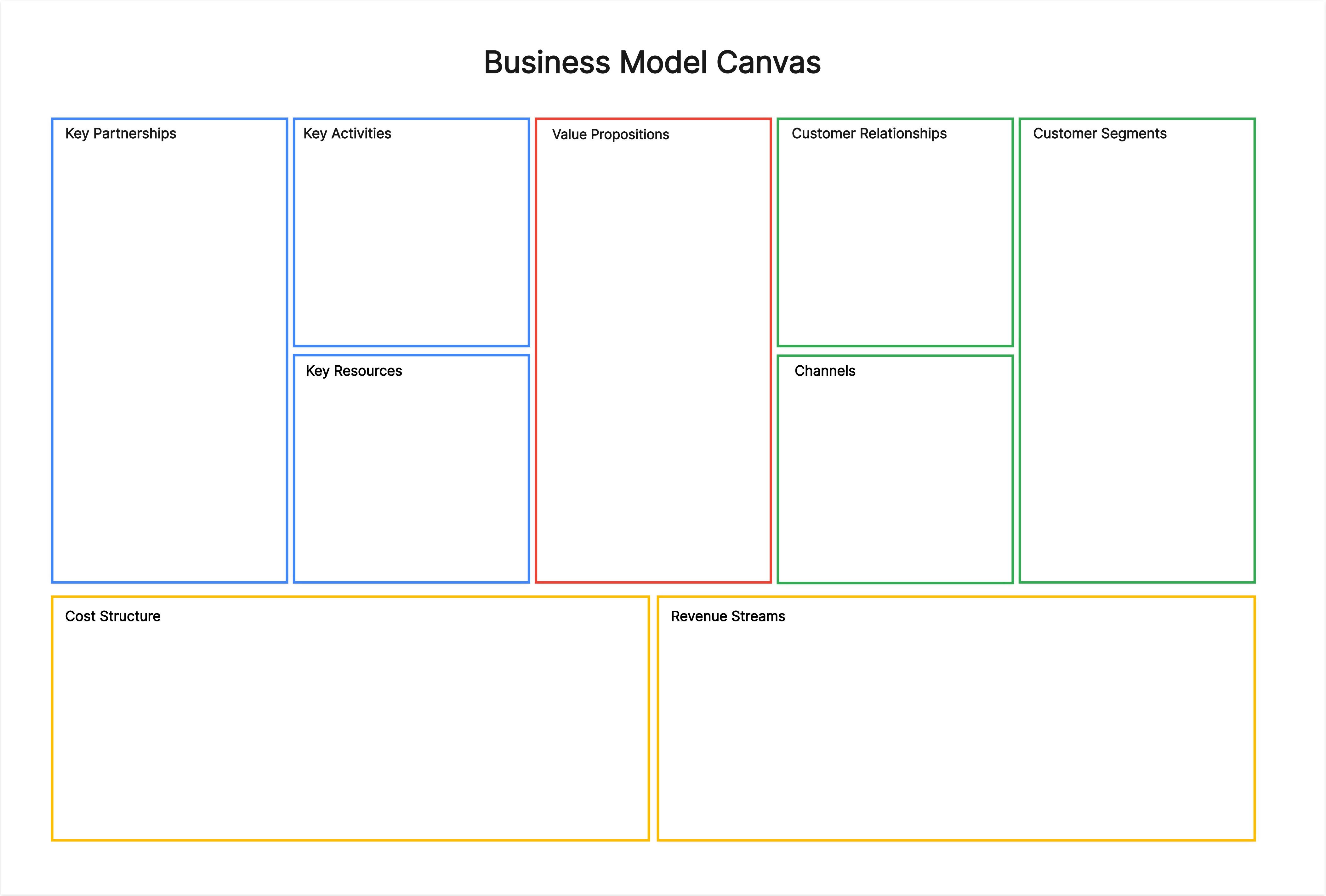
To create a compelling business model canvas, you need only incorporate the nine building blocks discussed above with the new sections, such as environmental, economic, and social considerations. These sections ensure that sustainability is a core aspect of your strategy. By incorporating sustainability, businesses can align their operations with long-term goals that benefit both society and the planet. This approach strengthens your brand while driving responsible growth.
Differences Between Business Model Canvas and Sustainable Business Model Canvas
The following are some pointers for business model canvas designers must look into before making the final output.
1. Scope
- The business model canvas focuses on the company’s financial benefits and other aspects of economic viability for customers and shareholders.
- Sustainable business model canvas. The scope includes the Three Ps, which make the business model economically viable, socially, and environmentally responsible.
2. Objectives.
- Business model canvas. Its goals include elements that capture value for business.
- Sustainable business model canvas. Besides aiming to create value for business, it must also include goals for society and the environment to foster long-term sustainability.
3. Stakeholders.
- Business model canvas. Focuses solely on the customers and shareholders.
- Sustainable business model canvas. It considers stakeholders from a broader perspective, typically including society and the environment.
Adapting Traditional Business Model Canvas for Sustainability
Developing your company’s sustainable business model canvas may seem simple if you adapt the elements of the traditional one. Here are some tips for doing so.
Point 1: Sustainable Value Propositions
- Traditional approach. You focus on offering products and services that meet the target customers’ needs.
- Sustainable approach. You can include services such as fair trade practices, eco-friendly products, and initiatives to address social and environmental challenges in this segment.
Point 2: Sustainable Channels
- Traditional approach. Utilize whatever channel you can think of to reach customers effectively.
- Sustainable approach. This includes using eco-friendly channels to communicate with customers. Digital marketing is one example of reducing paper waste. You can also parent with green logistics providers.
Point 3: Sustainable Key Resources
- Traditional approach. These are resources essential to realize business processes.
- Sustainable approach. You must specify sustainable resources that will have a minimal impact on the environment, which may include renewable energy resources and sustainable raw materials.
Point 4: Sustainable Key Activities
- Traditional approach. Maps out activities and initiatives that are crucial for the business to function perfectly.
- Sustainable approach. Sustainable manufacturing processes and community development programs are some of the sustainable activities you can include in your business model canvas.
Point 5: Sustainable Key Partnerships
- Traditional approach. You identify the suppliers and other stakeholders who can support your business.
- Sustainable approach. Choose partners with the same sustainable commitment as your company. This could include suppliers with significant environmental and social initiatives.
Point 6: Sustainable Cost Structure
- Traditional approach. Manage business costs to ensure better profitability.
- Sustainable approach. Managing costs that will support sustainability, including fair labor practices and investing in renewable energy.
Case Studies of Companies Using Sustainable Business Model Canvas
If you look closely at big companies now, they’re mostly investing in engaging in social corporate responsibility initiatives as part of their business models. Meanwhile, others go over and beyond being socially responsible. They’re taking some significant steps to promote sustainability through their brands. Some examples include the following.
Patagonia
The ‘Worn Wear’ program of Patagonia encourages consumers to reuse their clothing. This initiative is part of their broader sustainability strategy to reduce waste and promote a circular economy. It offers repair services, DIY guides, and a dedicated platform where you can buy and sell gently used Patagonia clothing. By supporting secondhand clothing, the brand extends the life cycle of its products. It also promotes paying workers an average living wage, helping to ensure fair treatment and responsible business practices.
Unilever
Unilever has a Sustainable Living Plan that creates programs to reduce its environmental impact during manufacturing processes and improve the livelihoods of people in its supply chain. The plan emphasizes ethical sourcing, waste reduction, and energy-efficient production methods. It continues to aim to source agricultural raw materials sustainably. Through partnerships and innovative practices, the company strives to reduce deforestation, preserve biodiversity, and encourage sustainable farming practices. These efforts are part of Unilever’s commitment to both environmental stewardship and social impact.
Tesla
From the beginning, Tesla adopted a clear, sustainable business model focusing on transitioning to a carbon-neutral economy and zero emissions. The company has taken bold steps to lead the automotive industry toward more sustainable practices. As you know, the company is popular for manufacturing electric vehicles and investing in renewable energy solutions. Tesla’s innovations in energy storage, solar technology, and electric vehicles demonstrate its commitment to reducing reliance on fossil fuels. The company continues to advance toward its goal of a more sustainable future.
Final Thoughts
If you’re starting a business, the concept of sustainability can be too much to realize. However, it’s not something to be intimidated about. You only need a clear plan of where you want your company to go and which stakeholders you want to engage within the journey.
Additionally, if you're looking for some free and beautiful templates, check out our PDF Agile Template Centers and PDF Agile Strategy & Planning Templates.
